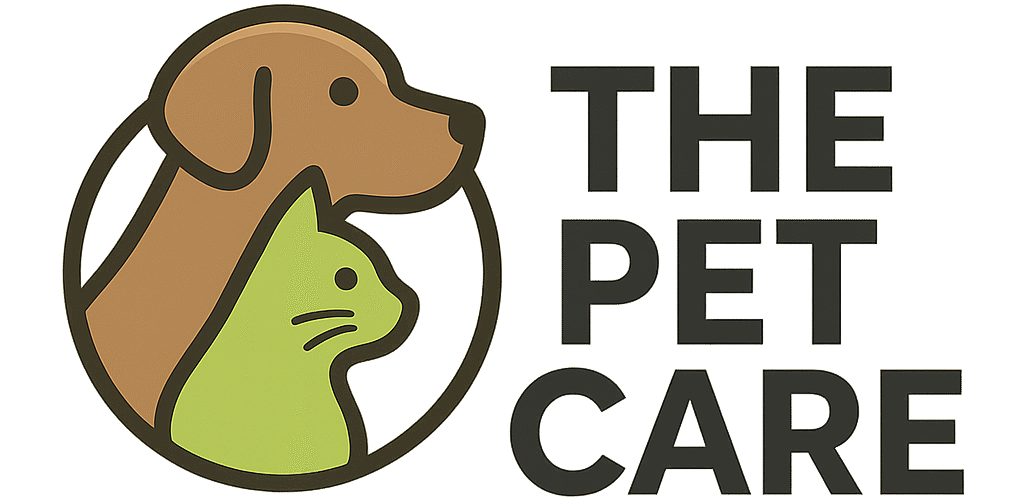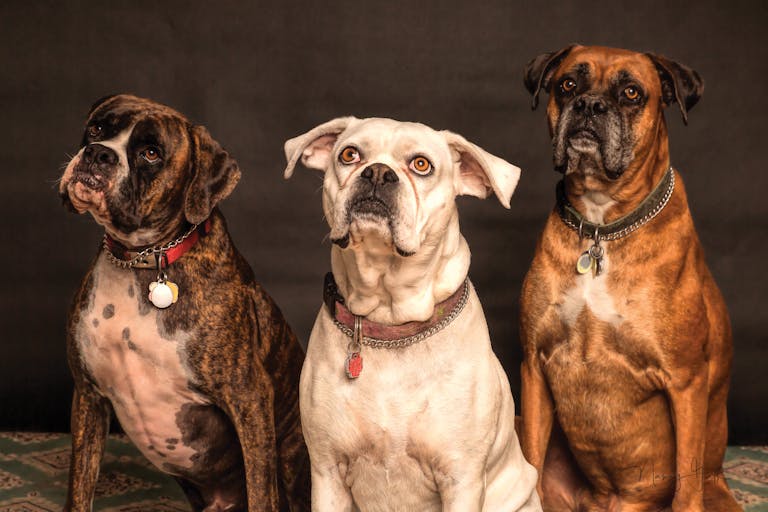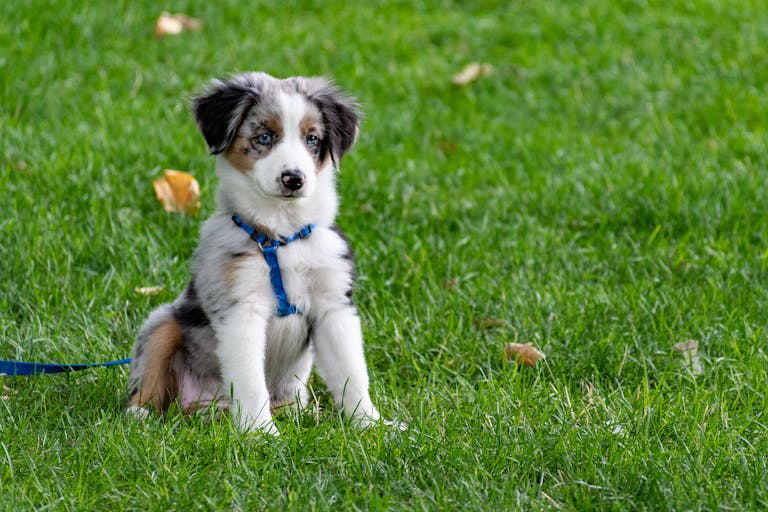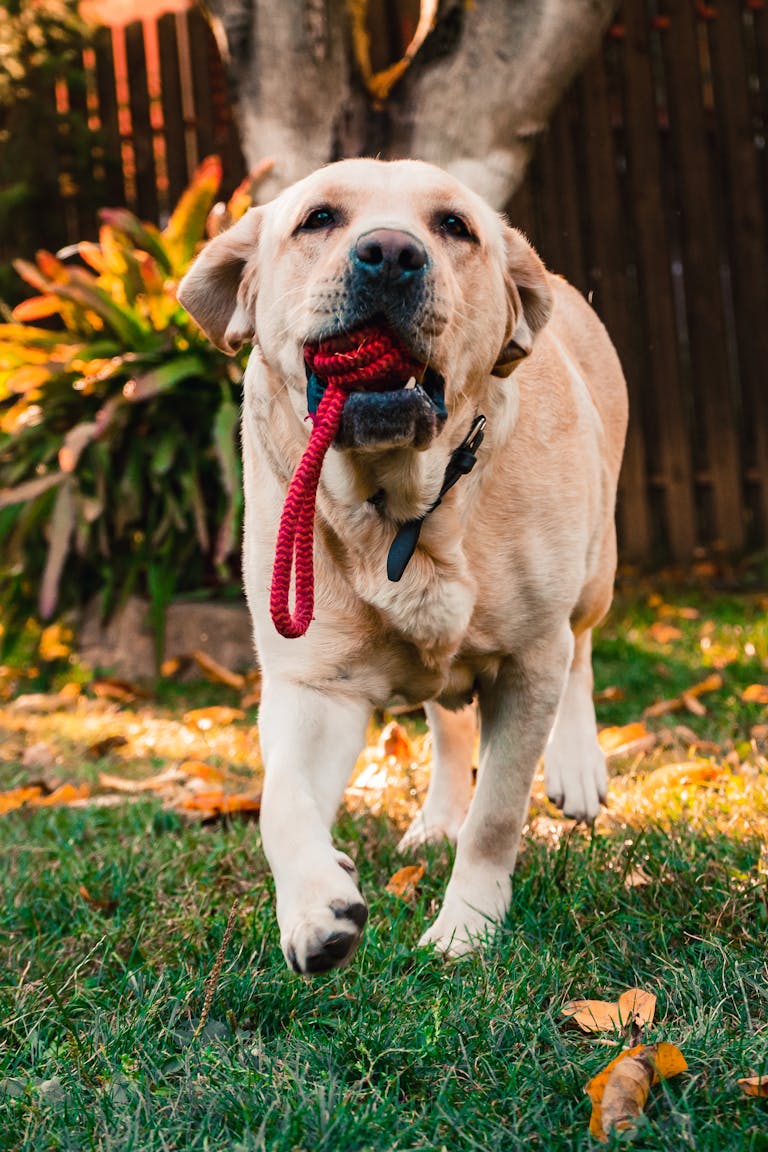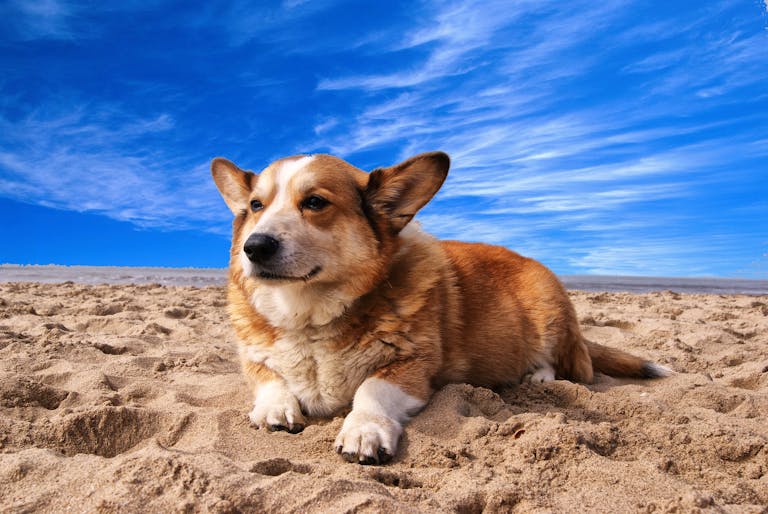Free Dog Coat Colour Genetics Calculator: A Fun Guide for Breeders and Dog Lovers
Dog Coat Colour Genetics Calculator
Discover possible coat colours and patterns of offspring based on parent genetics
Parent Genetics
Parent A
Parent B
Warning
Some genetic combinations (like double merle) can result in health issues such as deafness, blindness, or other congenital defects. Always breed responsibly and consult with a veterinary geneticist.
Possible Offspring
Educational Resources
Understanding Dog Coat Genetics
Dog coat color is determined by multiple genes that control pigment production, distribution, and intensity. The main genes include:
A Locus (Agouti) ⓘControls the distribution of dark and light pigments in individual hairs
Determines the pattern of dark and light banding on individual hairs. Variants include sable, wolf grey, black and tan, and recessive black.
E Locus (Extension) ⓘControls the production of black pigment (eumelanin) vs red pigment (pheomelanin)
Controls the production of black pigment (eumelanin) versus red pigment (pheomelanin). The recessive e allele results in a solid red/cream coat.
K Locus (Dominant Black) ⓘDetermines whether the basic pattern of the A locus can be expressed
Determines whether the basic pattern of the A locus can be expressed. The dominant K allele produces solid black coat color.
B Locus (Brown) ⓘControls the intensity of black pigment, turning it to brown when recessive
Controls the production of black versus brown pigment. The recessive b allele turns black pigment to brown (chocolate/liver).
D Locus (Dilute) ⓘLightens both black and red pigments when recessive
Controls the intensity of pigment. The recessive d allele dilutes black to blue and brown to lilac/isabella.
M Locus (Merle) ⓘCreates a mottled pattern of dark and light areas, but double merle can cause health issues
Creates a mottled pattern of dark and light areas. Heterozygous merle (Mm) dogs have the merle pattern, but homozygous merle (MM) can have health issues.
S Locus (Spotting) ⓘControls white spotting patterns on the coat
Controls white spotting patterns. Variants range from solid color to Irish spotting, piebald, and extreme white.
Table of Contents
Dog Coat Colour Genetics Calculator: Unlocking the Science Behind Puppy Colors
If you’ve ever looked at a litter of puppies and wondered, “How did these little ones end up with such different coat colors?” — you’re not alone. Dog coat color genetics is one of the most fascinating (and sometimes confusing!) aspects of canine breeding. From classic black Labradors to striking merle Australian Shepherds, every shade, pattern, and marking is determined by the invisible code of DNA.
That’s exactly why we created this Dog Coat Colour Genetics Calculator — to make it easier for breeders, owners, and curious pet lovers to predict the potential colors and patterns of future puppies. Think of it as a peek behind the curtain of nature’s color palette.
The Science Behind Dog Coat Colour Genetics Calculator
A dog’s coat color is influenced by several genetic loci (specific spots on the DNA). Each locus controls different traits:
- K Locus – Determines if a dog will be solid black, brindle, or allow the A locus pattern to show.
- A Locus – Controls patterns like sable, tan points, and recessive black.
- B Locus – Affects pigment color, such as black (B) or brown (b).
- D Locus – Influences dilution, turning black into blue or brown into isabella.
- E Locus – Handles masks, normal expression, or recessive red.
- S Locus – Governs white spotting and piebald patterns.
- M Locus – Creates the iconic merle pattern.
Learn more about the basics of dog coat color genetics from VCA Animal Hospitals.
When you combine all these loci, the number of possible coat variations is enormous. That’s why predicting puppy colors without a genetics tool can feel overwhelming.
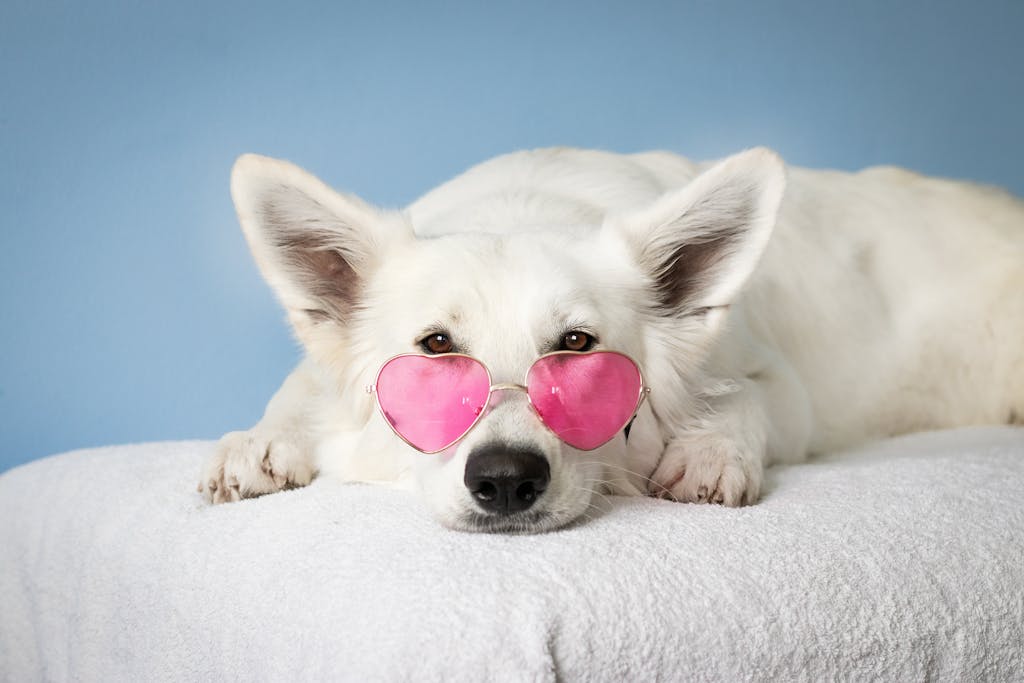
Why Genetics Matter for Breeders and Owners
Understanding coat color genetics isn’t just about looks. It also plays a role in responsible breeding. For example:
- Merle x Merle breedings can increase the risk of hearing and vision problems (AKC on merle genetics).
- Dilute genes (like “dd”) can sometimes be linked to coat health conditions (Embark Veterinary guide).
- White spotting patterns may be linked to pigmentation in ears or eyes, which can affect hearing (PetMD on deafness and genetics).
By using a genetics calculator, breeders can make informed choices that prioritize both the health and beauty of their dogs. And for everyday pet parents, it’s simply fun to imagine what colors your dog’s puppies might inherit!
A Real-Life Example
Let’s say you cross a fawn French Bulldog (with the genotype ay/ay at the A locus) with a blue carrier. Depending on the other genes, their puppies could come out fawn, brindle, or even diluted shades like blue fawn. Without genetics knowledge, this feels like a guessing game — but the calculator helps you see the actual probabilities.
It’s like turning “maybe” into “most likely.”
Check out French Bulldog color genetics for more real-world examples.
🔍 How to Use the Dog Coat Colour Genetics Calculator
Using the calculator is simple:
- Select the genotypes for Parent 1 and Parent 2 at each locus.
- The calculator will run the possible combinations.
- Instantly see the predicted coat colors, patterns, and percentages of likely outcomes.
Whether you’re planning a breeding program, or you’re just curious about your dog’s genetic makeup, the tool gives you clarity in seconds.
For a deeper dive, explore UC Davis Veterinary Genetics Lab — one of the top authorities on canine coat genetics.
More Than Just Science — It’s a Window Into Possibility
At the end of the day, genetics is about more than predicting colors. It’s about:
- Understanding the heritage of your dog
- Appreciating the variety in breeds
- Celebrating the uniqueness of every pup
No calculator can ever guarantee exact results (nature always loves surprises!), but it’s a powerful way to learn and get excited about what’s to come.
So, go ahead — play with the calculator, mix different genotypes, and see the magic of genetics unfold. Whether you’re dreaming of a chocolate Lab, a blue Frenchie, or a merle Aussie, this tool helps bring science and imagination together in one fun experience.
For breed-specific standards, visit the American Kennel Club (AKC) breed information center.
Find out more pet related calculators
